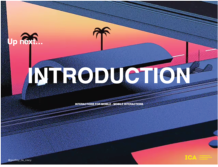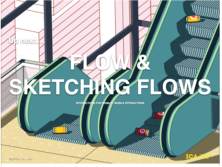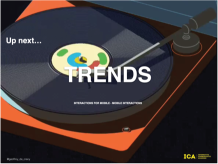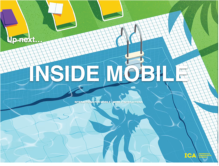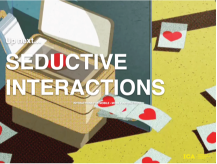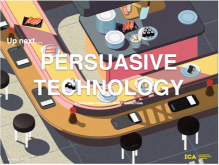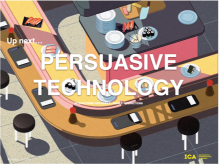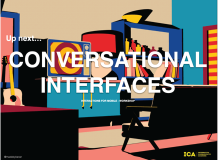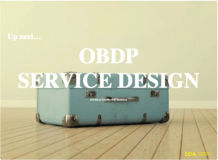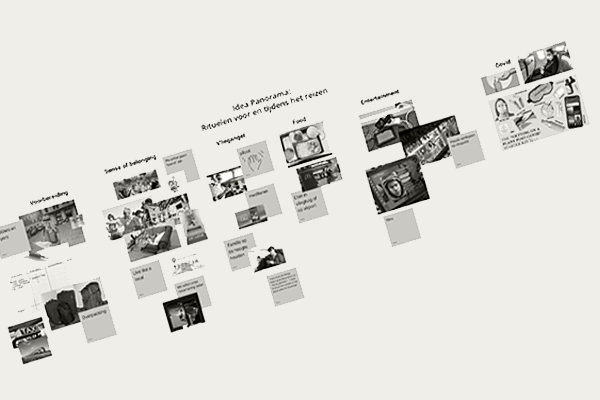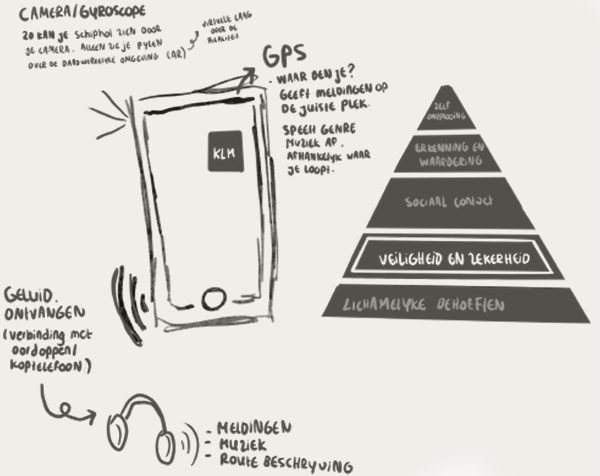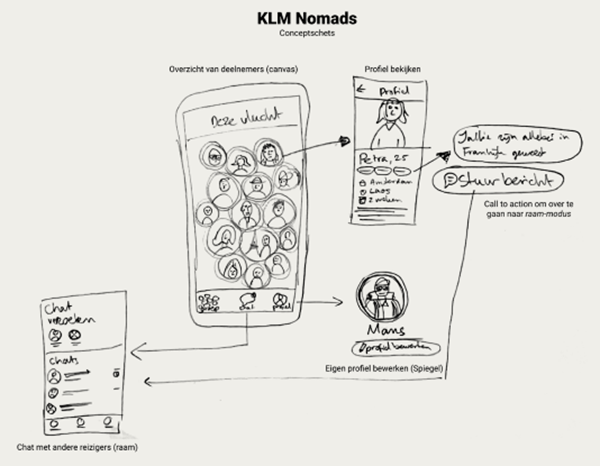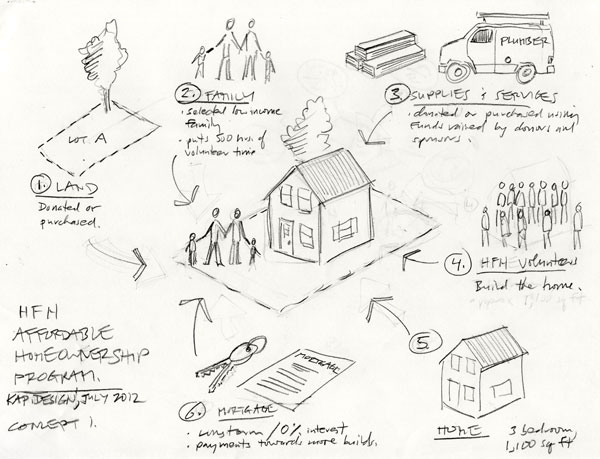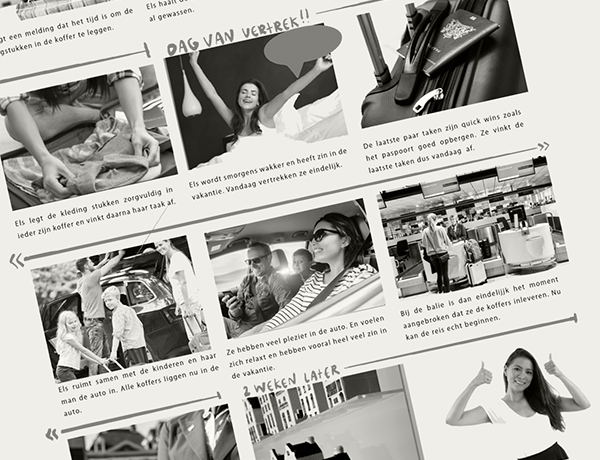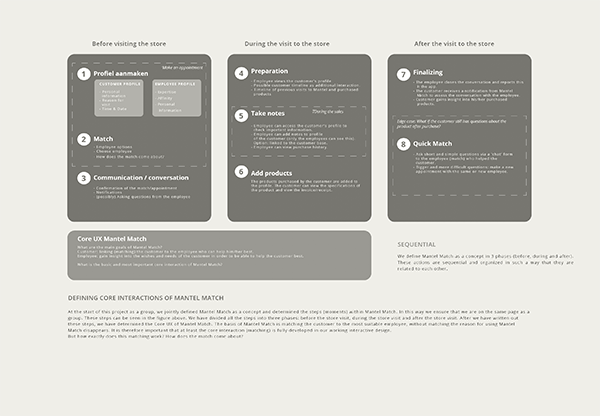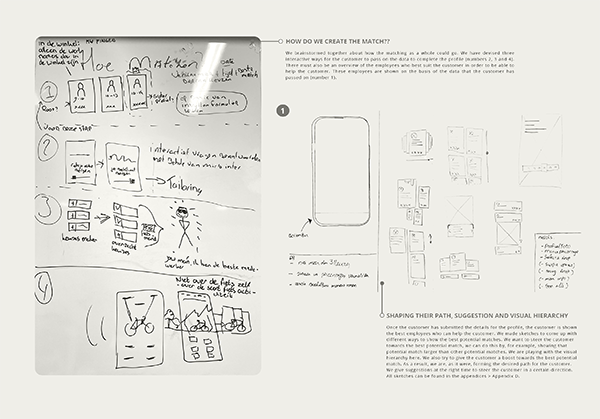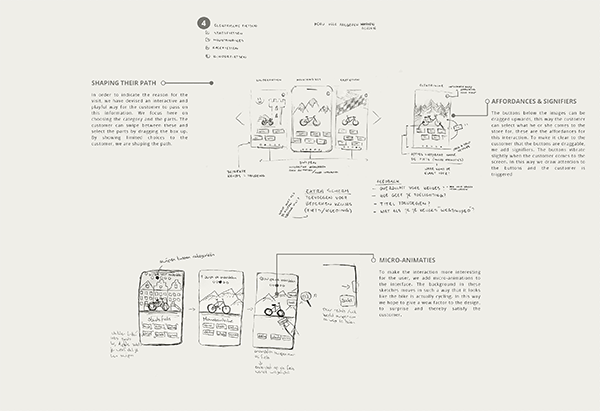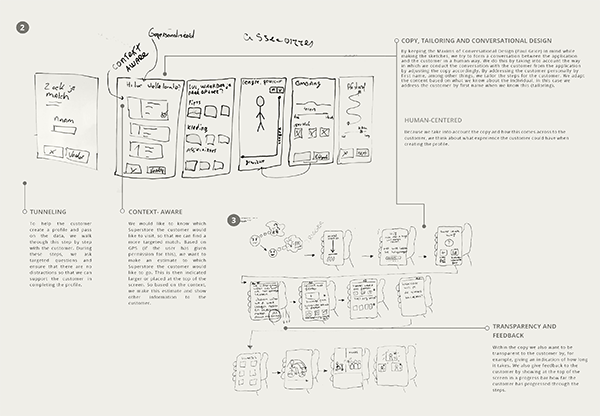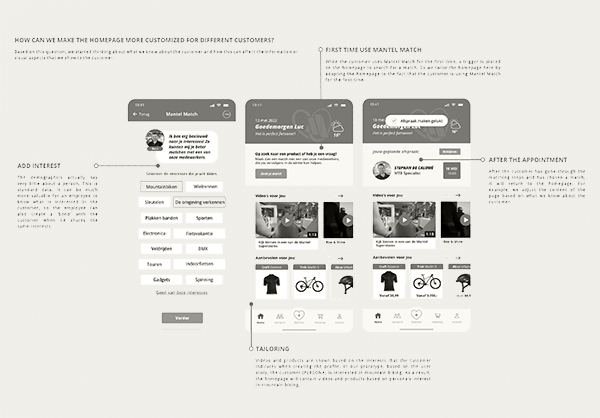Context
The Service Design Module is always based on a case submitted by our partners in the field. We introduce the different aspects of service and innovation design step by step and just-in time. Based on an Opportunity based Design process, we start with Inspiration based User Research to identify opportunities. We then work through an extensive conceptstudy towards a prototyped solution for a mobile touchpoint.
During the course of the module, the participants regularly discuss their findings with clients and make adjustments if necessary.
My team guides and coaches the students in their learning process and in the search for their design signature, through workshops and peer reviews.
- DEPT
- Mirabeau Cognizant
- Fjord
- Funda
- ING-bank
- Deloite Digital
- KLM
- Mantel
The Mess & Stress of the Innovation Process
Innovation usualy is a messy business. It touches so many different parts of an organisation, it's services and products that it is easy to be overwhelmed. Our goal is to help teams dig through the noise and uncertainty by doing different sorts of research.
Then by synthesising all this research, teams start seeing patterns and gain valueable insights. From there on we start the iterative process of concepting & prototyping that provides clarity and focus and eventualy leads to a final design.


...So We'll Start by Providing a Shiny Structure
Designproblems are problems with no predetermined solution. They are questions with no right answer. They require to make decisions about an uncertain future.
Some thrive in uncertainty but for most the fear of making the wrong move can be paralyzing, trapping them in a cycle of doubt and inaction. What do you do when you don’t know what to do?
By using a double diamond method we break down the process in logical steps proving structure and focus throughout the entire innovation cycle.
Inspriration Based User Research
As always in a human centred approach, we start with the user. This phase of research is about getting as much grip as possible on the case. We use a wide range of research methods for this purpose. In particular, we also map out the latent needs and work towards a clear service blueprint and customer experience map. Based on these Unser Insights we then identify a number of opportunities that we present to the client.
Our selection of methods include:- Service Bluepints
- Customer Experience Mapping
- Design probes
- (exit)Interviews
- Affinity mapping
- Co-Creation
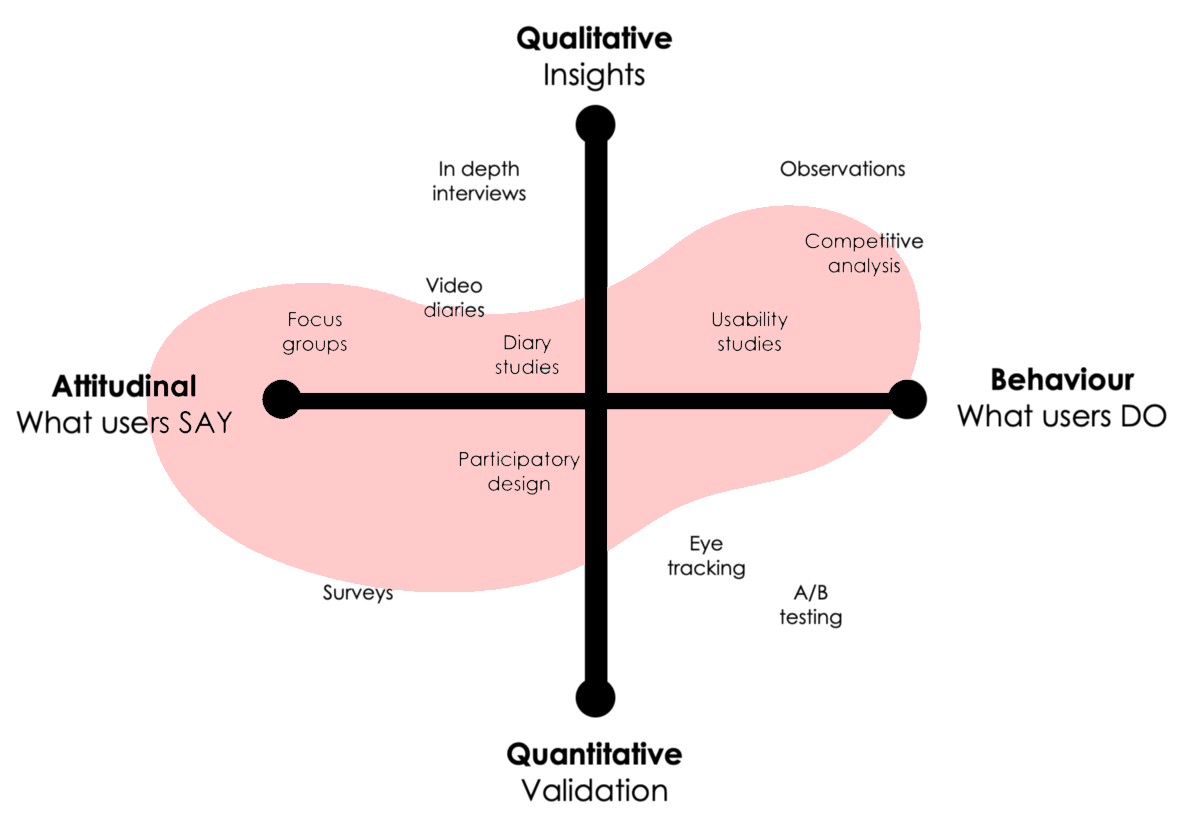
A Random Selection of Research Results


Design mentorship ~ synthesis
In the end we look at all collected data points from the research from a holistic point of view. The synthesis of the data points leads to the identification and naming of the opportunities that exist.
We then enter te 2nd diamond...‹›‹›
The subtle art of concepting
We defne a concept a refined notion that is developed from extensive analysis. Although it is a lot of fun, this extensive analysis is not the easiest process and involves a lot of sketching and scratching, thinking and letting go, joining and tearing apart, getting feedback while finding words for the subconscious flood of thoughts.
In order to stimulate lateral thinking and a divergent mindset each teammember goes through an iterative cycle of four conceptstudies. Each itteration we offer a number of theoretical perspectives such as:
- Seductive and Persuasive Technology
- Behavioral Change
- Flow
- Social Interaction and Game Mechanics
Each concept is made tangible by using the hasso plattner prototyping cards. This is not just a fun and intuitive activity, but the most essential act of team-based learning.
In the end each team has about 20 concepts to start of with that can now be converged into 3 final concepts which are then presented to our clients.
Sketch, Prototype, Test, Repeat
After defining the concept we start with quick design iterations. This starts with Lo-fi pen and paper sketches evolving to more detailed wireframes to define screen layouts and flow and finalizing it in advanced prototyping tools like FIGMA, Adobe XD & Protopie in order to design and tweak the interactions. Prototypes are tested and improved in quick iterations.
During this phase, we focus on supporting and developing fundamental design skills. To this end, we facilitate just-in-time workshops with topics in the field of:
- Conversational Design
- Mobile Patterns
- Action/Memory/Flow
- Spatial & Transitional interfaces
- UX Copy
- Micro-interactions
By means of weekly Design Panels we teach our participants to use this theoretical knowledge in the substantiation of the designs.
Final products & Assessments
In this module we deliver a valuable learning experience in the field of service design and opportunity design. Our participants have the opportunity to design for renowned brands and thus build an impressive portfolio during their studies. The module is completed with a portfolio assessment in which the participants reflect on their growth and learning experience. In this assessment, together with the participant, we determine the next steps in their development.
Mantel
Mantel Match
How can we enrich our services on location by further integrating the Superstore and the Webshop, and how can we support our (service) employees even better by using mobile devices?
KLM
Together
Travelers going on holiday with a group often find it difficult to choose activities that everyone enjoys. This concept allows them to make suggestions for activities to each other. Fellow travelers can then vote for or against this suggestion.
Mobgen
Energy Challenges
‘Go Green’ is a game that makes the user more aware of their energy consumption. The player can save energy by achieving personal and shared goals, this will give them with rewards that they can spend on new energy-saving devices.
Pathé
Movie Reviews
Cinema visitors can record and share their own interactive movie reviews after their Pathé cinema visit.
ING
Stacks
How can we make young people and students aware of the importance of saving? With stacks, young people challenge each other to adjust their spending pattern.
Selection of workshops
